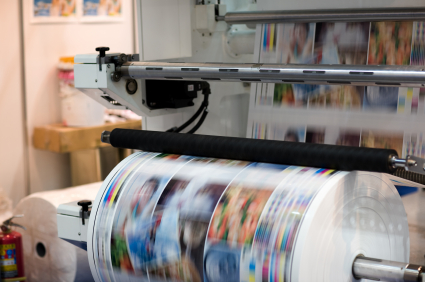The American publishing industry is dominated by six global publishing companies known as the "Big Six". These are made up of the Hachette Book Group, HarperCollins, Macmillan, Penguin, Random House, and Simon & Schuster. Regardless of the genre of the book you are planning to write, chances are, any of these six companies already have the editing and design professionals, imprint facilities and the delivery network in place to launch your book. So, what other benefits will you get from publishing your book with the “Big Six”?
You gain prestige. Because of the implied complexity of delivering your book past an array of gatekeepers: from finicky agents, to demanding editors and persistent marketing and financial departments, moving your book past any "Big Six" publisher is bound to confer a assured air of prestige to your book.
The prestige that we speak of is the kind that comes from having your book run through the gauntlet of industry experts and professionals, whilst surfacing intact. This prestige is also the kind that gets authors to be invited to speak before a paying audience who expect nothing but firsthand and first-rate advice, stories and anecdotes from celebrity authors themselves.
The second advantage is the advance. The “Big Six” generally offer advances to first time authors from $2000 to $20,000. They will also make sure your book finds wide circulation, and, best of all, these companies pick up the book production expenses. The publisher will edit your book, design it, and create a cover for you. You don’t have to pay a penny out-of-pocket to see your book in print.
Prestigious, glamorous and lucrative are just some of the labels that come to mind when talking about the advantages of traditional publishing, especially with the "Big Six". However, the traditional publishing route is not without its difficulties.
Need for representation. For instance, the "Big Six" almost never publish manuscripts coming from authors themselves. Indicating you will have to get an agent (mostly their own) to represent your work prior to getting them to agree to a publishing deal. The process from agent to final publication often requires years (two or three on average). Further, once you hand over your manuscript in exchange for the advance, your manuscript ceases to be yours, creatively speaking. The publishing house now gains the rights to determine the look and feel of your book: from cover to interior pages down to the paper and typesets to use. You don't get to have your say on how your book will finally look like.
Lack of advertising support. Another setback for most brand new authors is that they cannot expect to receive advertising support from the "Big Six" publishers. A cross-country tour will be highly unlikely. In fact, most of the initial publicity expense will be coming from your pocket. And about that advance? You cannot expect to earn any royalties until your published book earn the same amount in book sales. Further, you can only expect up to a 10% cut for hard cover and even less for paperback sales.
Copyrights issue. Yet another major drawback when publishing with the "Big Six" is the question of possession. If the sale of the rights to your book included digital rights, as is often the case, you will lose the opportunity to make your book available to the eBook-reading market. Until your book goes out of print or you acquire back your rights, you will never know if a digital version of your book will sell better than the printed one.
Authors need to be able to make informed publishing decisions. Use these helpful tips on the upsides and drawbacks of the “Big Six” to move ahead with your publishing venture or alternatively, you may like to explore other options via the self-publishing route. For book publishing tips and ideas head over to the iUniverse Writers Tips or learn from the experience of self-published authors.











0 comments:
Post a Comment